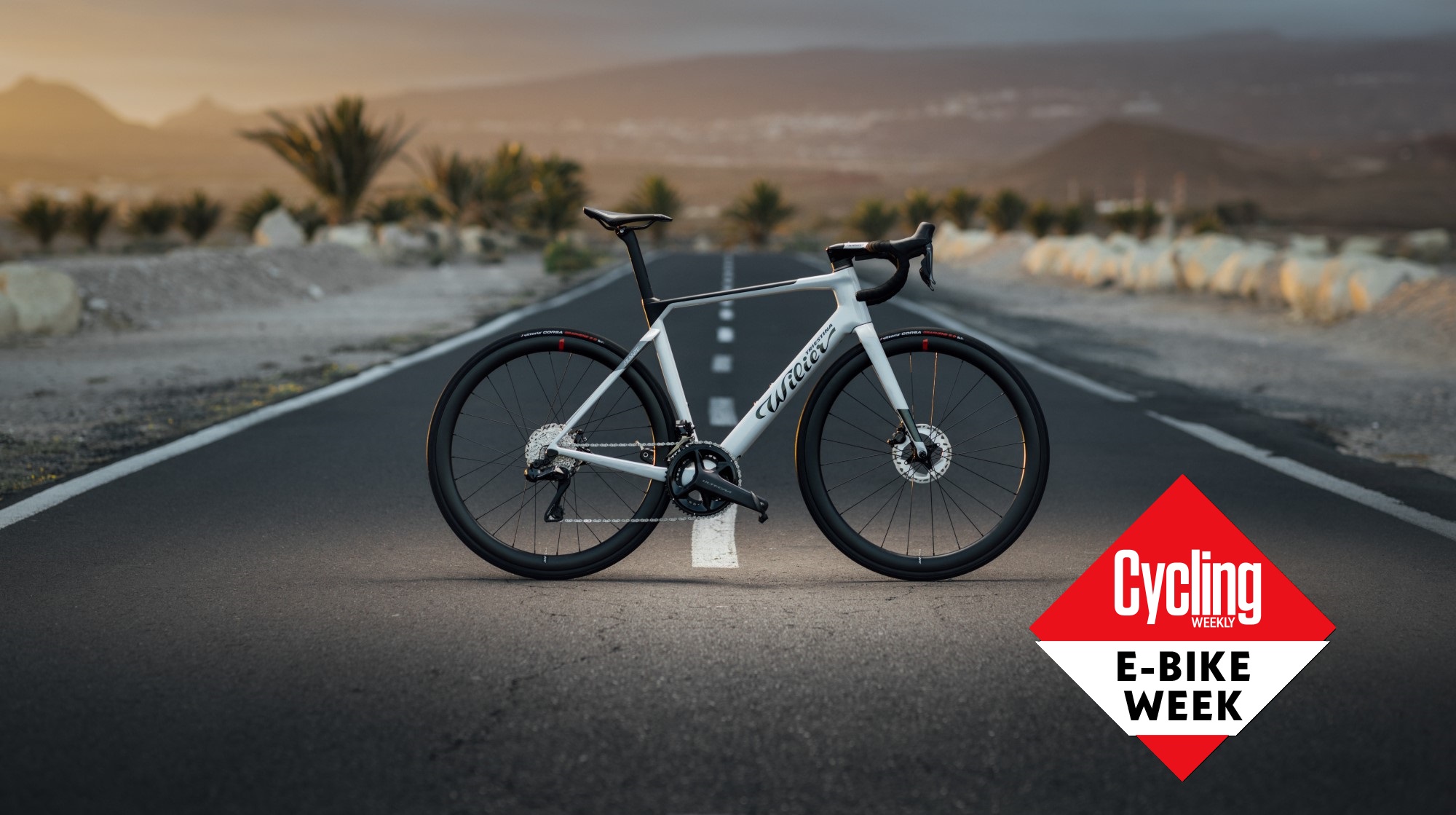
There’s a spread of weight for electric bikes, with some city hybrids and mountain bikes, in particular, being pretty weighty, with bike weights over 20kg being common.
Electric road bikes are on the other end of the weight spectrum, with the weight of many close to 10kg. We weighed the Ribble Endurance SL e at 12kg in a size XL when we reviewed it, for example, and there are plenty of competitors with similar claimed weights, including the Orbea Gain, Trek Domane+ SLR and Wilier Filante Hybrid.
These electric bikes are powered by motors and batteries with low weights. The Mahle ebikemotion x20 has a claimed system weight of 3.3kg, while the TQ-HPR 50 has a claimed 3.65kg weight.
Both are very compact too. The Mahle motor sits in the rear hub and is smaller than the largest ring on most cassettes, while the TQ motor fits in the bottom bracket and has a Q-Factor that’s the same as a standard road bike crankset.
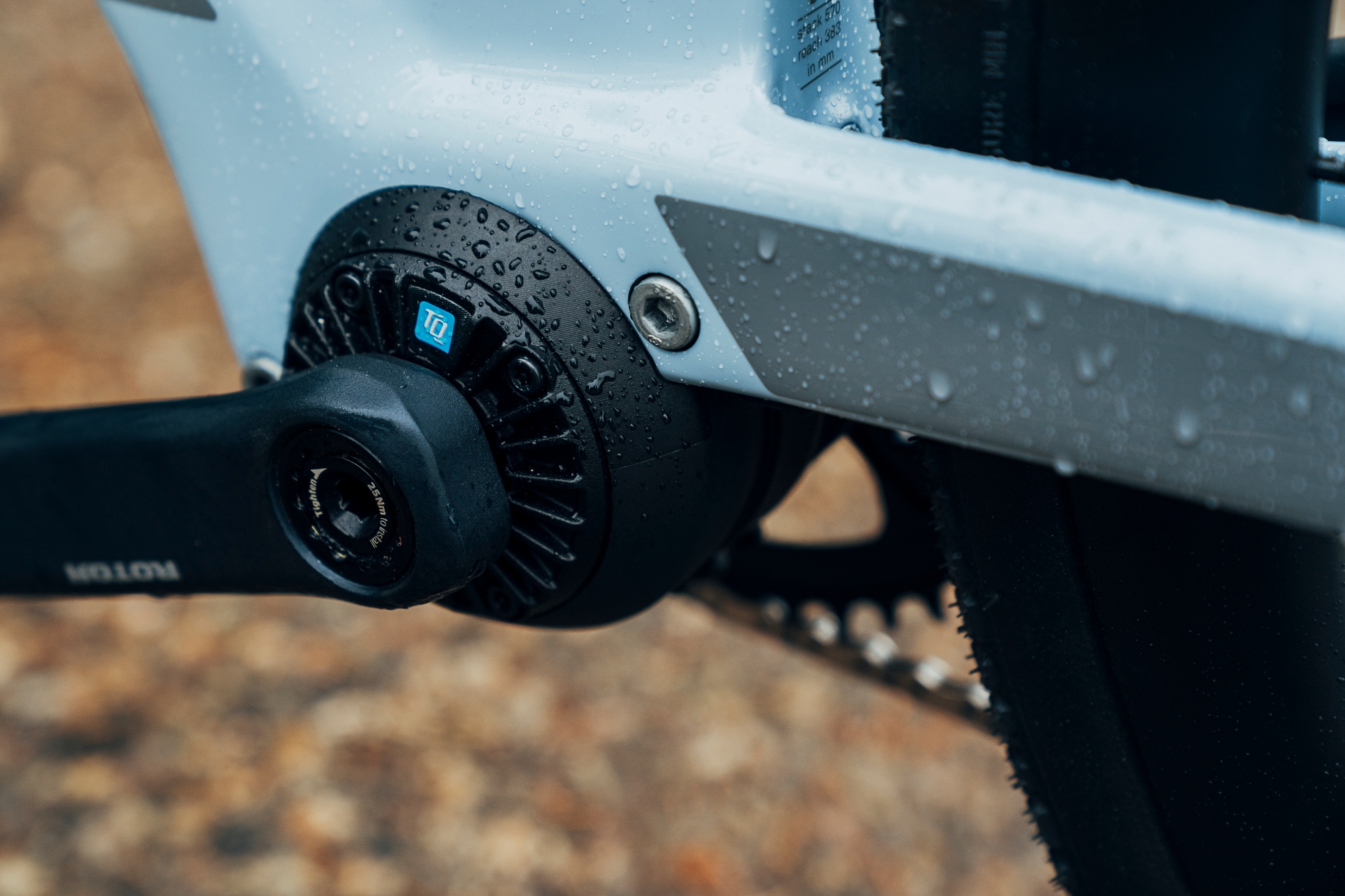
Both systems use an internal battery which is housed in the downtube which, although a little chunkier than that on many standard bikes doesn’t look disproportionately outsized.
To achieve such low weights, the above electric bikes have a carbon frame and are fitted out with top spec components. Along with the cost of the motor system, that makes them quite expensive, although not out of line with premium end of the best road bikes.
Most electric road bikes can be had in lower specs too, which reduce the price although they do add some weight. They’re typically built on the same frame and motor system though, so it’s only groupsets, wheels and other components that add weight.
So why would you want to choose an electric bike with low weight? Here are a few reasons.
Ride feel
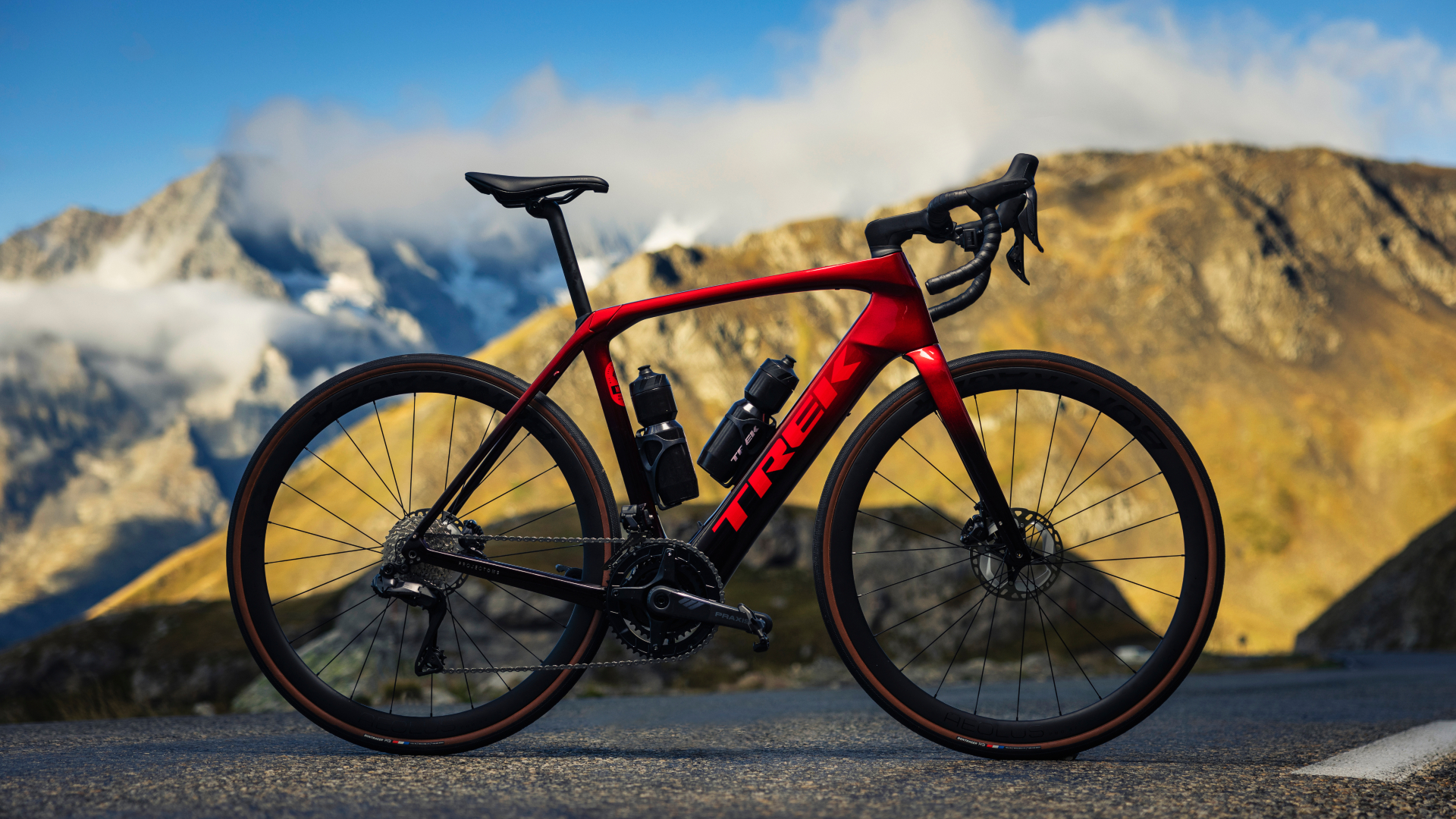
All the e-bikes mentioned above are based on the respective brands’ analog bikes. Many lightweight electric bikes share the geometry of the non-assisted bikes. That means that you’ll get a similar ride feel.
With the low weight of the motor and battery, which are housed low down in the frame, stability and handling are unlikely to be compromised either. So railing corners and speedy descents are still possible, when you’d be more cautious on a heavier e-bike where you might lose some of the sharpness of a performance road bike.
E-bikes are typically fitted with slightly wider tyres than non-electric bikes, offering greater traction and grip. Manufacturers such as Schwalbe are increasingly flagging their tires as e-bike ready and you can also buy a small number of tires specifically designed for the higher mass and power output of an electric bike over a pedal-powered machine.
You aren’t limited in available assistance with a lightweight e-bike either. While some systems such as the Specialized SL 1.1 and the original Mahle X35 have relatively low torque outputs, many including the TQ-HPR50 and the newer Mahle X20 output 50Nm or more, comparable to many heavier systems and all deliver around 250 watts of power.
Range
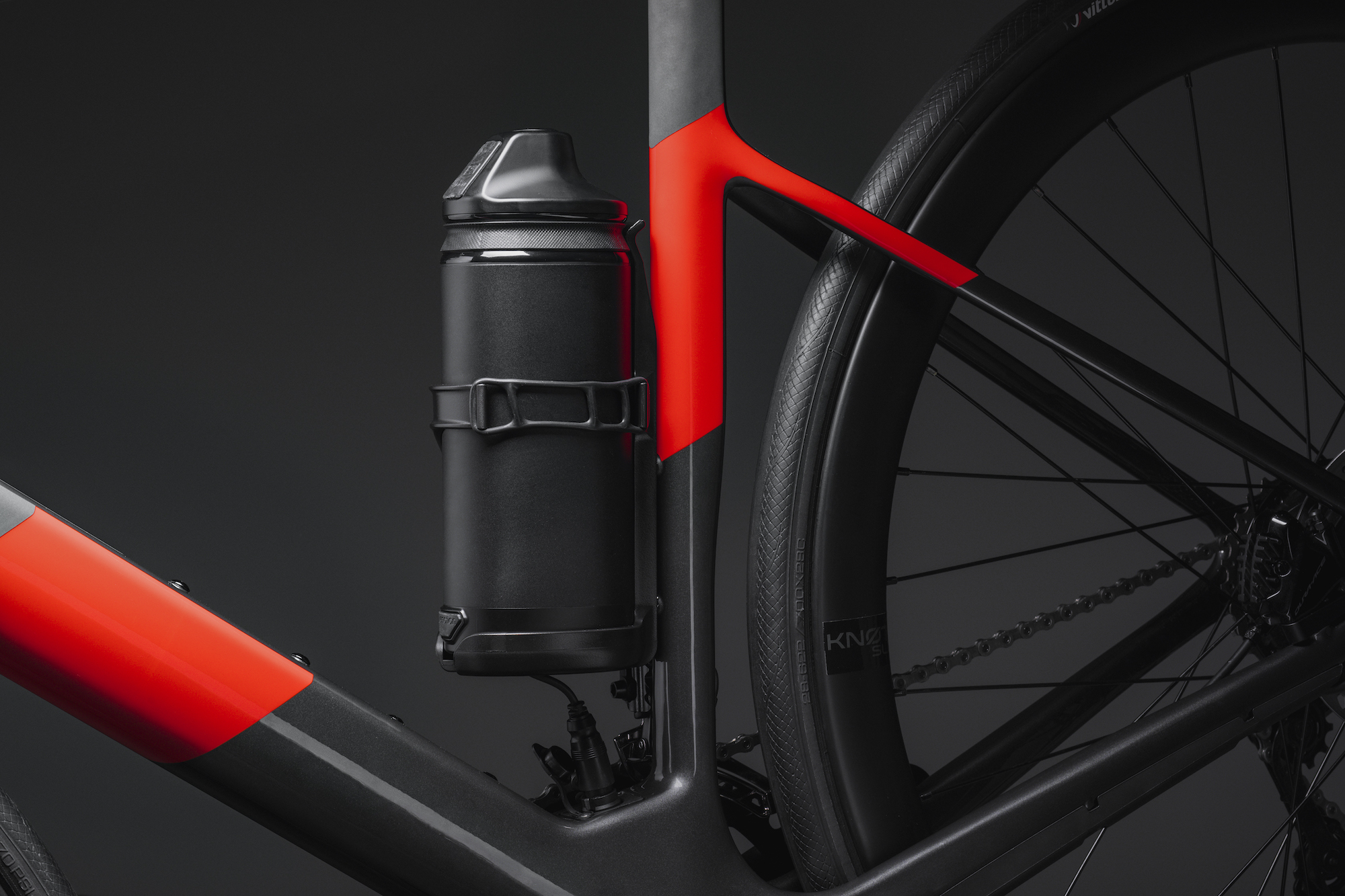
It takes less power output to accelerate a lighter bike and less to get it up a hill. On the flat, many riders will be able to keep up a speed close to or above the 25kph at which, in much of the world, the motor has to cut out.
A lot of the weight of an e-bike system is in its battery. So, while lightweight electric bikes typically have lighter, lower capacity batteries than full-fat e-bikes, many riders may find that their range is not significantly lower.
Many systems allow you to fit an external range extender to your electric bike. This will add some weight and usually means that you can only carry one water bottle. But it will typically add around 50 percent to the bike’s range, allowing you to cover more ground when you want to, but remove it and carry two bottles on shorter rides.
E-bikes can be ridden non-assisted, which will also add range, and the motor adds little or no drag to the drivetrain when not in use. On the flat, a lightweight e-bike isn’t going to feel unduly harder to ride with the motor turned off, so you can save the battery capacity for when you need help for climbs.
Even if your battery were to give out before you reached home, the low weight of a lightweight electric bike isn’t going to cause it to feel a chore to ride, when compared to a pedal-only bike.
Easy to move around off-bike
If you have to lift your e-bike up steps, over obstacles or onto public transport or a car bike rack, you’ll appreciate the low weight of a lightweight electric bike. An e-bike that weighs around 12kg will be much easier to maneuver and carry than one that weighs 20kg.
Keep in the zone
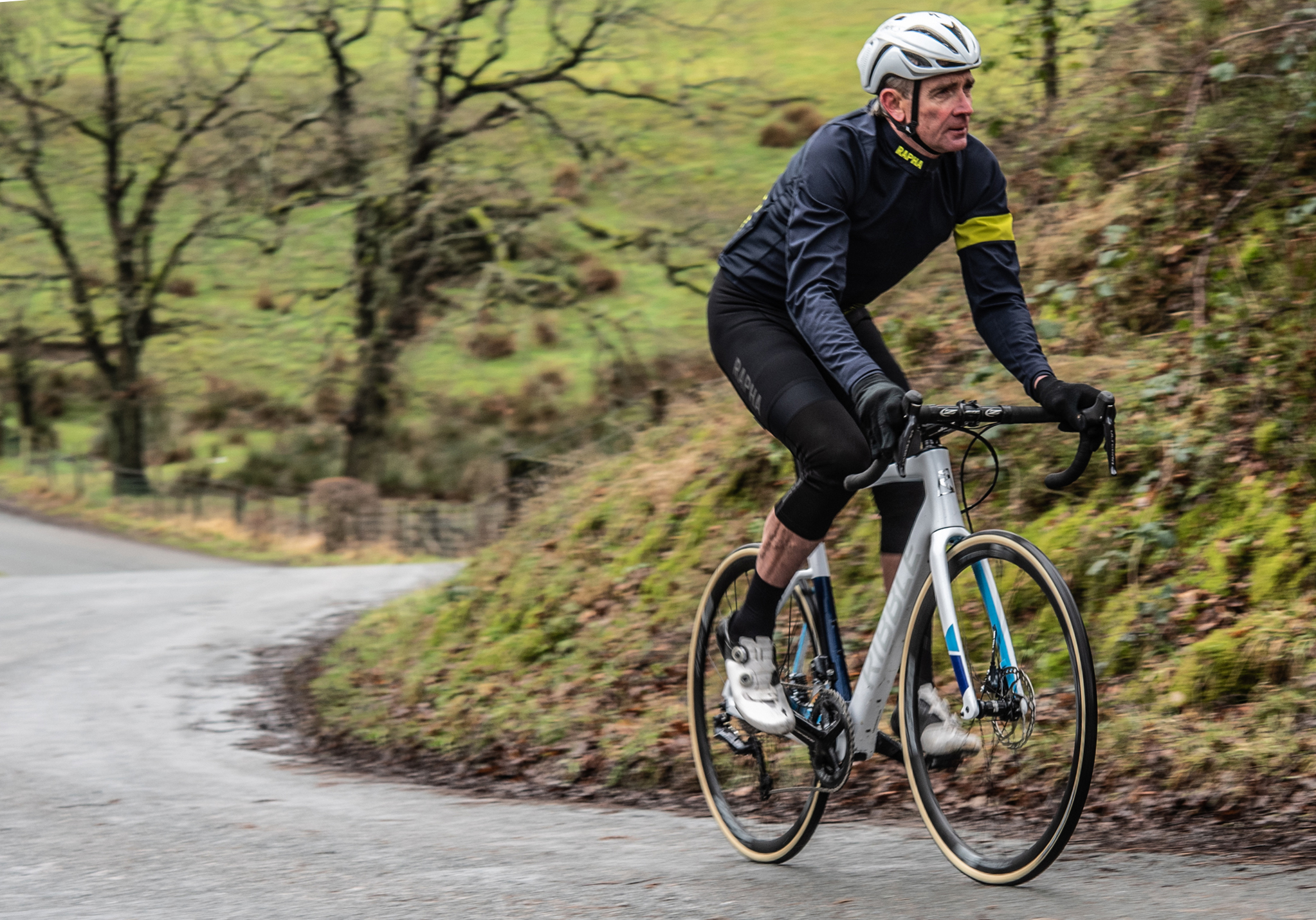
A lightweight e-bike is a great option for recovery rides. Zone 2 riding is a big deal right now, practiced not least by Tadej Pogačar. Unless you live somewhere pan-flat with no wind or use a turbo trainer for recovery, it’s difficult to keep to Zone 2, as any hills will almost certainly raise your heart rate above the threshold. There’s the temptation to ride a little bit faster on the flat as well, as Zone 2 can feel pretty pedestrian.
A lightweight e-bike will help you to get outdoors and ride while keeping your ride more within Zone 2 but not leaving you feeling as if you’re pootling along. Just increase the assistance to tackle any hills and reduce your effort level.
For some riders, keeping their heart rate lower may be vital, with a risk to their health from pushing themselves too hard. Ex-pro Sean Yates, who wore the Tour de France yellow jersey when he was racing, is a famous example. A heart condition means that he was advised to avoid vigorous exercise. But by riding the Ribble Endurance SL e, he has been able to take to the bike again, with the motor providing the support he needs to keep his heart rate at a safe level.
The Mahle ebikemotion system fitted to his Ribble e-bike helps, as it can be linked to a heart rate monitor. Using the Mahle app, you can specify a threshold heart rate at which the motor will increase its assistance to lower your effort level and keep your heart rate in check.
Stealth looks
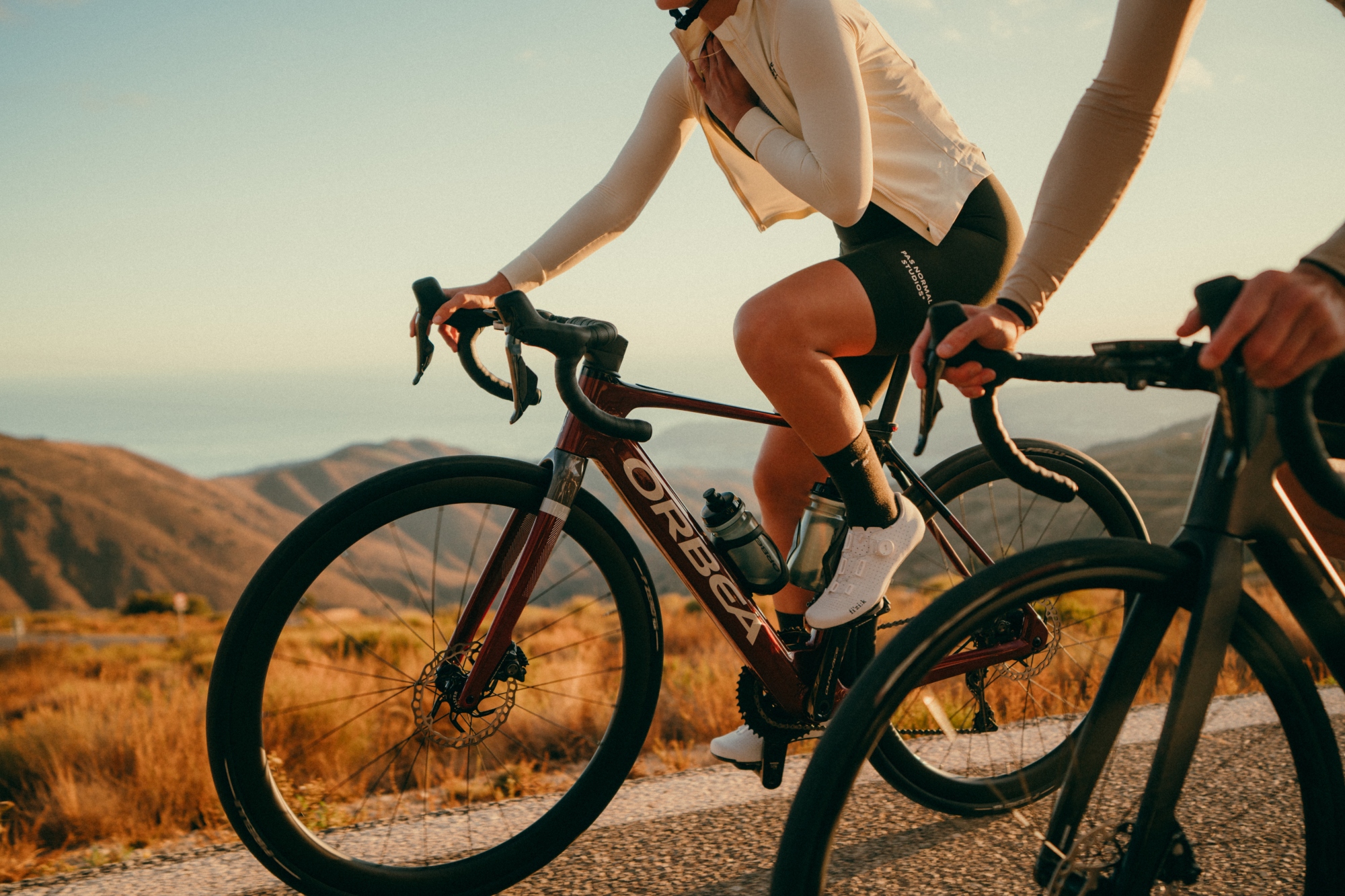
Let’s face it, it’s nice not to look as if you’re using a little helper on your rides. There’s always something satisfying about passing another rider struggling on a hill, but it’s less enjoyable if it’s obvious that you’re riding an e-bike.
With their stealth looks, many lightweight e-bikes would pass for a standard road bike. Their control systems are typically lower profile too. A button or panel integrated into the e-bike’s top tube is a popular solution, while some lightweight e-bikes such as the Trek Domane+ SLR and Orbea Gain have satellite shifter-style buttons, allowing you to change assistance level from the bars.
Orbea also uses Mahle’s out-front controller on its Gain e-bike, which looks and functions like a standard cycling computer, and other systems can be controlled via some actual cycling computers, adding to the low-profile integration.
Many motor systems are pretty quiet too, so the rider you’re passing may not notice the tell-tale whine of an electric bike over the sound of their own heart pounding.







